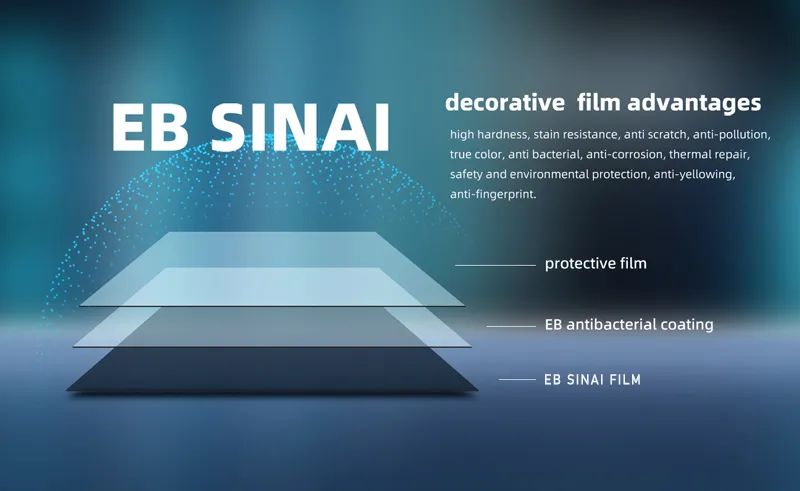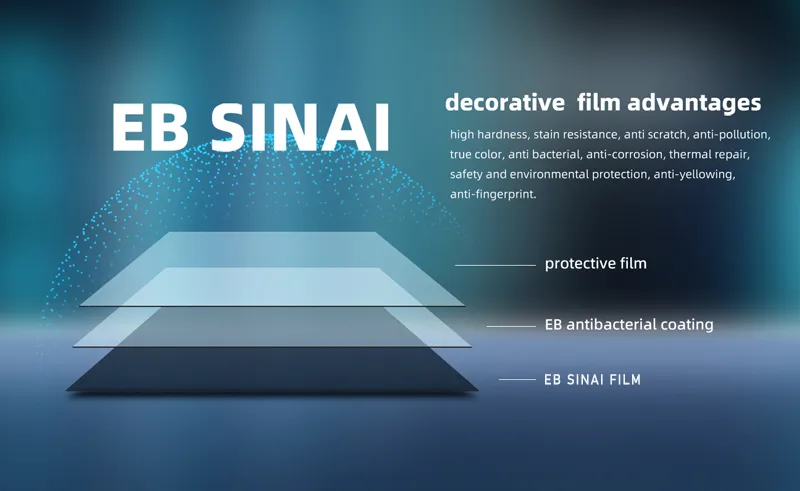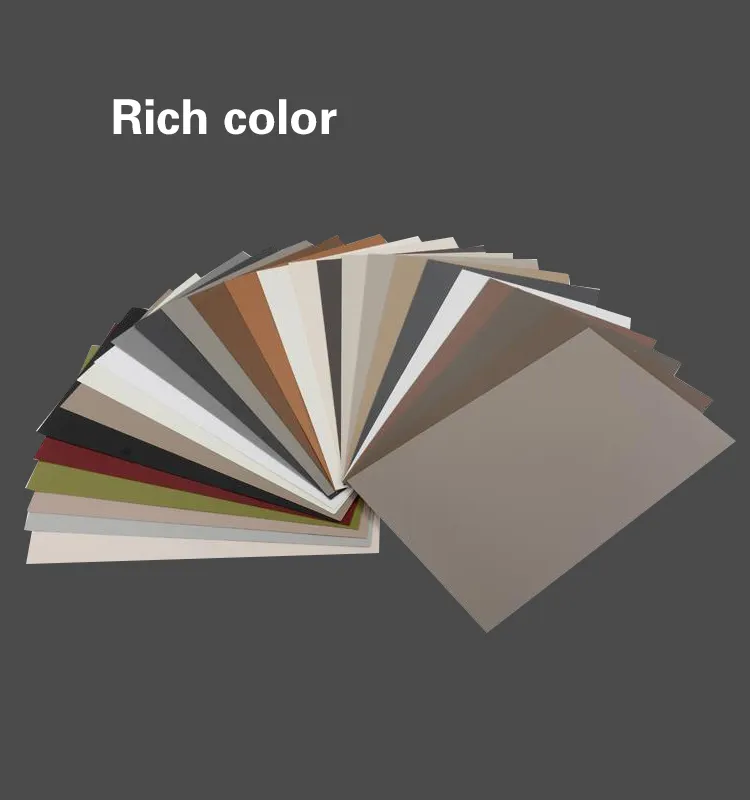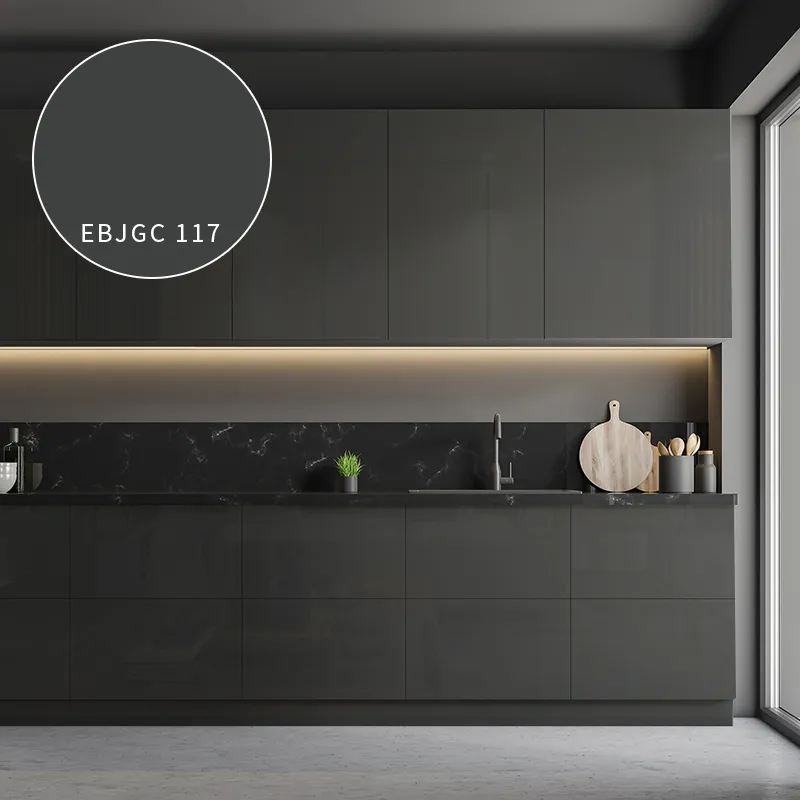
- Home
- >
- News
- >
- What is EB Film?
- >
What is EB Film?
2024-07-04 15:30
In today's industrial and packaging fields, various high-performance materials are constantly emerging. EB Film has gradually attracted widespread attention due to its unique advantages.
This article will explore the definition, production process, characteristics and application scenarios of EB film in depth, and comprehensively analyze this new material.

What is EB Film?
EB film, or Electron Beam Cured Film, is a film material that uses electron beam technology to cure the coating. Unlike traditional thermal curing and UV curing processes, electron beam curing technology can quickly cure the coating at room temperature, and has the characteristics of high efficiency, environmental protection, and excellent performance. EB film is usually composed of a base film (such as PET, PE, PP, etc.) and an electron beam cured coating, and is widely used in packaging, printing, electronics and other fields.
How to produce EB film?
The production process of EB film: base film preparation (PET, PE, PP), coating (resin, pigment, additive), electron beam curing (cross-linking reaction), winding and cutting.
1. Base film preparation:
The first step in producing EB film is to prepare a high-quality base film. Commonly used base film materials include polyethylene terephthalate (PET), polyethylene (PE), polypropylene (PP), etc. These base film materials need to be cleaned and processed to ensure that their surfaces are flat and clean, which is convenient for subsequent coating to adhere.
2. Coating:
A layer of special coating is evenly applied on the surface of the base film. The coating usually contains resin, pigment, additives and other ingredients, which can be quickly cured under electron beam irradiation. The coating process requires uniform coating thickness and strong adhesion to ensure the stable performance of the final product.
3. Electron beam curing:
The coated base film is sent to the electron beam curing equipment, and the molecules in the coating are cross-linked through high-energy electron beam irradiation, and quickly cured into a film. The electron beam curing process does not require high-temperature treatment, and the curing process is efficient and energy-saving, while avoiding the impact of high temperature on the base film.
4. Winding and cutting:
The cured film is rolled into a roll by the winding equipment, and then cut according to customer needs, and finally forms a product that meets the specifications and is ready for factory sales.

What are the characteristics of EB film?
The characteristics of EB film are: high efficiency and environmental protection, excellent surface performance, strong chemical resistance, high transparency, dimensional stability, and good processing performance.
1. High efficiency and environmental protection:
The electron beam curing process does not require solvents, and the curing process does not produce volatile organic compounds (VOCs), which meets environmental protection requirements. In addition, the curing speed is fast and the energy consumption is low, which helps to reduce production costs and environmental impact.
2. Excellent surface performance:
The surface of the EB film is smooth and flat, with high gloss and good decorative effect. The coating has high hardness, good wear resistance, and excellent scratch resistance, which is suitable for high-frequency use places.
3. Strong chemical resistance:
EB film has good tolerance to a variety of chemicals, is not susceptible to corrosion and erosion, and is suitable for humid and corrosive environments.
4. High transparency:
For EB film with a transparent base film, its high transparency gives it a significant advantage in packaging and display applications, and can clearly display the contents of the package or product information.
5. Dimensional stability:
The electron beam curing process is carried out at room temperature, which will not cause thermal deformation of the base film, ensuring the dimensional stability and shape retention of the film.
6. Good processing performance:
EB film can be processed by cutting, printing, laminating and other processing methods to meet different design requirements and has excellent processing performance.

What are the application scenarios of EB film?
The application scenarios of EB film include: packaging industry (food, medicine), printing industry (advertising posters, packaging labels), electronic products (display screen protective film, touch screen), medical devices (medical device packaging, medical labels), industrial applications (protective film, isolation film).
1. Packaging industry:
EB film is widely used in high-end packaging fields such as food, medicine, and cosmetics due to its high transparency, chemical resistance and good surface properties. Its excellent barrier properties and environmental protection characteristics ensure the safety and freshness of the packaging contents.
2. Printing industry:
In the printing field, EB film is used to make high-gloss and high-wear-resistant printed materials, such as advertising posters, packaging labels, brochures, etc. Its excellent printing adaptability and color reproduction make the printed products more beautiful and durable.
3. Electronic products:
EB film is also widely used in the field of electronic products, such as display screen protective film, touch screen, electronic labels, etc. Its high transparency and good wear resistance ensure the service life and performance of electronic products.
4. Medical devices:
EB film is used for medical device packaging, medical labels, etc., and its excellent chemical resistance and non-toxic properties ensure the safety and reliability of medical products.
5. Industrial applications:
In the industrial field, EB film is used to manufacture various protective films, isolation films, release films, etc. Its good chemical resistance and mechanical properties ensure the stability and durability of industrial products.

Consumer selection suggestions
1. Choose according to needs:
Consumers should choose suitable EB films according to specific usage needs. For example, in the field of food packaging, it is necessary to choose films with high barrier properties; in the field of electronic products, it is necessary to choose films with high transparency and wear resistance.
2. Pay attention to environmental certification:
When purchasing, you should pay attention to the environmental certification marks of the product, such as FDA, REACH, RoHS, etc., to ensure that you choose EB film products that meet environmental standards.
3. Choose a regular brand:
Prioritize EB film products produced by well-known brands and regular manufacturers. These brands usually have stricter quality control and higher product standards, and can provide better after-sales service and quality assurance.
Conclusion
EB film, as a high-performance and environmentally friendly new material, has gradually occupied an important position in the industrial and packaging market with its high transparency, excellent chemical resistance, good surface properties and diversified application scenarios.
In the process of selection and use, consumers should make the most suitable choice based on specific needs, comprehensively consider the characteristics and application scenarios of the material.








